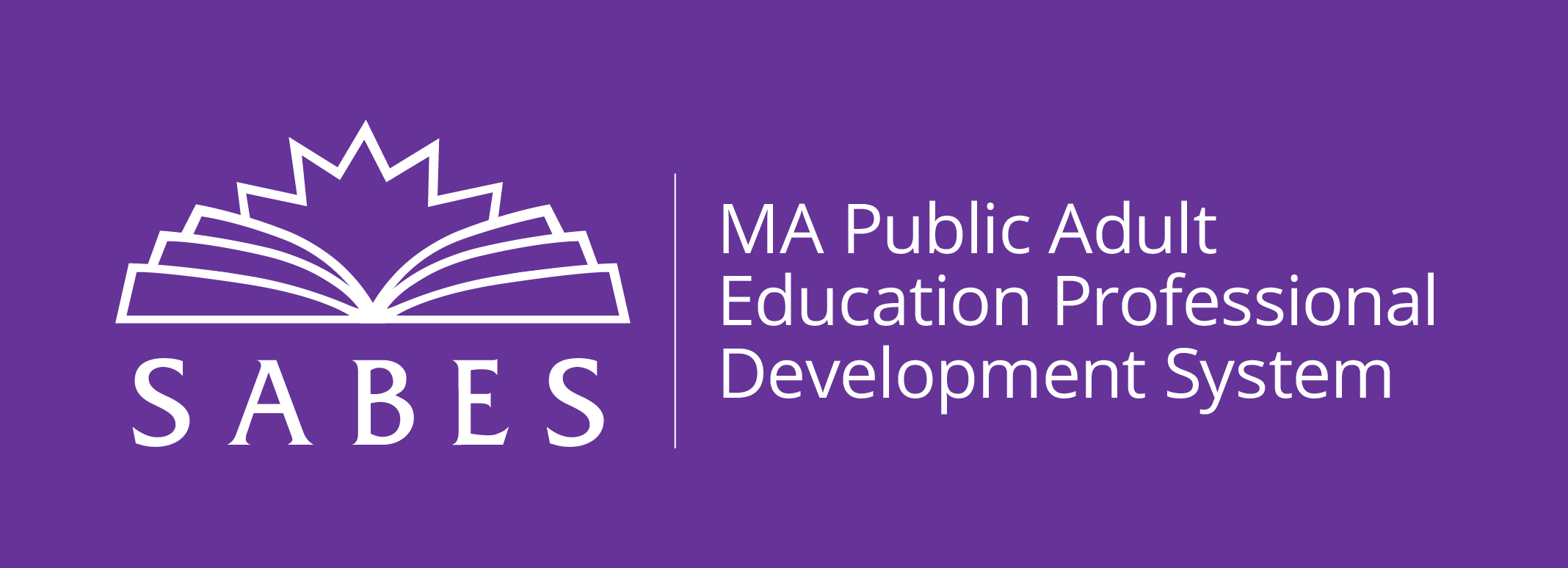Project Based Learning (PBL) teaches skills that matter (critical thinking, communication, processing and analyzing information, self-awareness, problem-solving, navigating systems, adaptability and willingness to learn, respecting differences and diversity, and interpersonal skills) while teaching content skills in a real-world context.
These steps are one way to use a Project Based Learning Plan:
- Step 1: The teacher introduces the Project Based Learning unit by sharing the theme and driving question.
- Step 2: The teacher shares the product options (a plan, presentation, graph, video, etc.) and schedule with the learners.
- Step 3: With student input, the teacher facilitates activities from the resource list that give students more information about the content needed to create a product that answers an aspect of the driving question. The teacher provides resources for the class, individuals, or groups that either support learning the content or support the inquiry process.
- Step 4: Learners complete their project and publish or present their work publicly.
- Step 5: The teacher and students reflect and assess their products and the process.
We've compiled some ready-to-go materials to help you get started with PBL.
- This plan for PBL with diabetes as the theme (includes a learning plan and supporting materials.)
- This case study so you can read about how one teacher used the diabetes learning plan with students.
- You can use this blank, annotated template and supporting materials to plan PBL in your class.
- Since PBL may be new to your students, we've also created and curated some PBL materials that you can use to support students as they learn in this new way.
- Be Your Own Boss Unit
Also visit the Project Based Learning Resources page maintained by the SABES Curriculum & Instruction Teams for additional general PBL materials as well as content-specific resources for ESOL, ELA, and Math.


